Time to decode the role of technology in front-end retail?
By N Jayalakshmi | December 09, 2022
In a recent poll by Retail4Growth, 70% of respondents voted for the view that technology will draw maximum retail investments in the near future. But is the whole ecosystem ready for it?
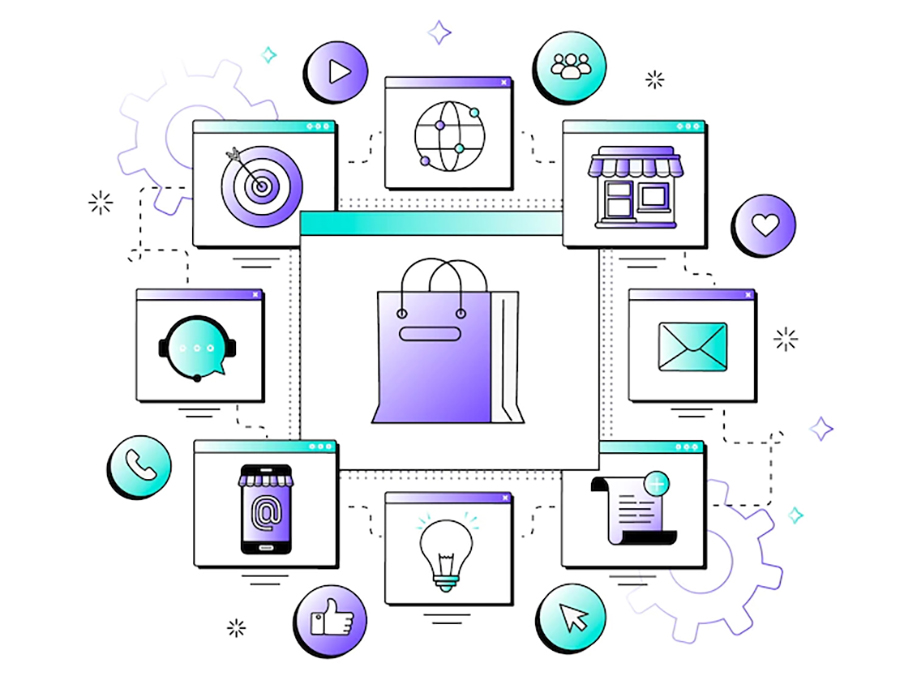
When designer brand Raghavendra Rathore Jodhpur recently incorporated what it calls a “dynamic and enhanced user experience” by incorporating Amazon’s Alexa in all its five retail stores throughout the country, it just reflected the growing realization among retailers across segments to create digital touchpoints in their physical outlets. Similarly, Reliance Retail announced the launch of the second store of its premium fashion and lifestyle brand, AZORTE at Nexus Seawoods Mall, Navi Mumbai, as a smart store featuring an eclectic mix of intuitive retail technologies. The retail major announced that the AZORTE store format had several industry-first tech-enabled interventions including mobile checkout, smart trial rooms, fashion discovery stations and self-checkout kiosks. In another example, The Sleep Company, recently informed that its Mumbai stores would function based on a phygital model, allowing the customers to cash and carry small products from the store while ordering SmartGRID mattresses online that will get delivered to their doorstep. Kirtilals, the premium fine diamond and gold jewellery brand, this year launched what it calls ‘Experiential Techno Bridal Studio’ at Alwarpet Showroom, Chennai. The store features a ‘Virtual try-on’, a ‘Customization tablet’, and a ‘Smart Tray’, among other things.
While these may be a few select examples, there is no doubt that these will increasingly become an integral part of the brick-and-mortar store experience, reflecting retail brands’ growing focus on omnichannel.
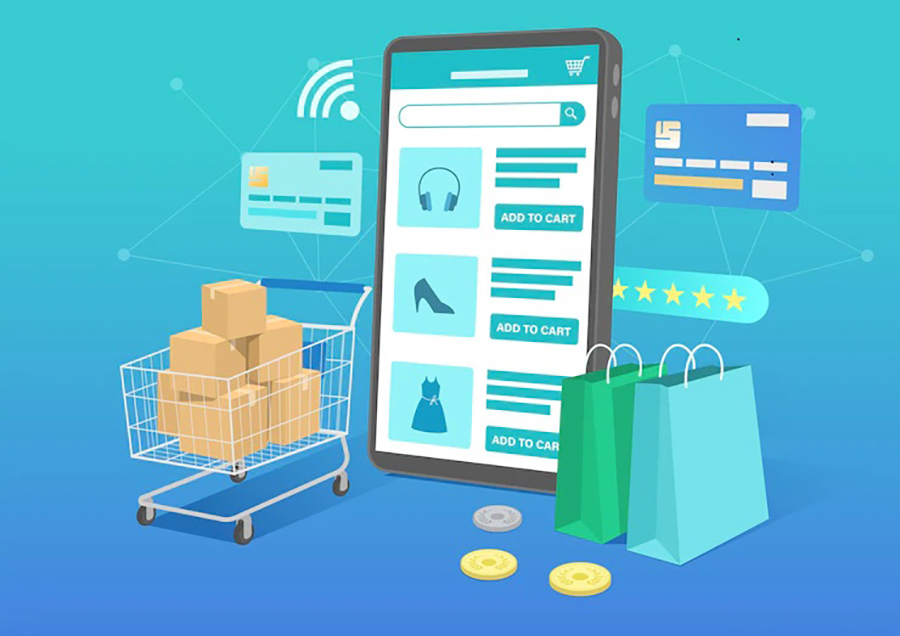
As Sakthikumar B, Head - Projects, Shoppers Stop, told Retail4growth (R4G) recently, in the context of game-changing factors for the future of Indian retail, “Using the omnichannel approach, retailers will be looking at a variety of formats based on changing customer preferences. This also means a lot of technology integration. No one can afford to lag on the technology front. Technology will be integrated to create retail spaces that wow and resonate with the customers while matching their functional needs and lifestyles.”
This also means that now is perhaps the time to ask what exactly omnichannel means for a brand, and more importantly, how technology can enable an efficient omnichannel system. Also, omnichannel is just one aspect of technology integration. In the larger context of front-end retail, the right investment in technology would mean many things. Here is a quick checklist, based on insights shared by different stakeholders in the retail ecosystem.
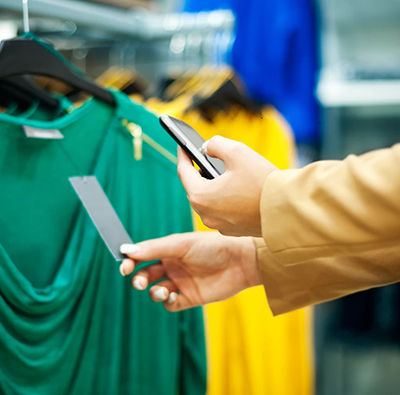 1. Defining touchpoints
1. Defining touchpoints
A brand’s need for the number and kind of retail touchpoints or channels would depend on many factors - its offerings, target audience, and business bandwidth. Covid may have accelerated the need for omnichannel presence with more digital touchpoints, but it’s important to integrate them in order to offer a unified brand experience, and this is where the role of technology becomes crucial. As James Breaks, Associate Director (Design) at rpa:group, London, pointed out in this column for R4G, “With the prevalence of omnichannel thinking, it is very tempting to consider quantity as a measure of success – the more channels the better. This was never the case pre-pandemic, nor will it be as we evolve through it. Instead, as the pandemic has touched all aspects of our lives and forced us to redefine our ‘normal', the time has come to reconsider our definitions and approach to retail thinking.”
2. Integrating efficiency & experience
Hi-tech add-ons in-store using AR and VR would mean little if they are not backed by robust back-end technologies for seamless integration. Suman Saha, CEO, Arrow - Arvind Brands Ltd, makes a similar point, when he says, “The big challenge for all of us now is how to integrate the ‘sell’ side, the ‘supply’ side and the ‘create’ side. A lot of the interventions are more prominently visible on the selling side because that’s the consumer-facing side. But the most critical question is how do we use the data and insights being generated there to create better forecasting models - basically link it to the create and supply side to respond to consumer inputs much faster.”
Tim Radley, Founder of UK-based VM-Unleashed, makes a similar point, “Across all touchpoints, retail brands must create deeper emotional relationships with customers, to instil loyalty and drive profit performance. Back-end technology is the tool that captures and evolves these relationships. Front-end technology is the conduit that delivers them as enhanced, customised, and personalised physical experiences.” He adds, “Technology must be used to bring retail functions together. The future of retail spaces is a balance of technology and people.” Indeed, an important part of integrating efficiency and experience is how technology can empower people - both staff and customers.
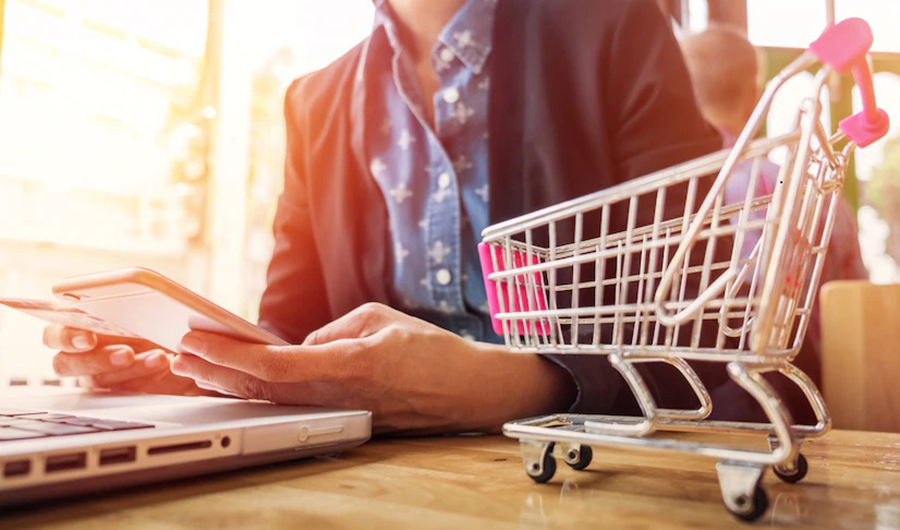
3. Data at the core of it
Most of the applications of technology in retail would, of course, have to converge at the point of data capture and analysis. Apolline Picot, Creative Director of Experiences, SEA & India, Landor and Fitch, brings out the essence of the role of data, “Data is absolutely leading the conversation. Design based on intuition is a thing of the past. So having teams that focus on analytics will be key going forward. Data understanding essentially brings a little more gravitas to decision-making. And it’s less expensive than what one would expect.” For data to drive meaningful business decisions and outcomes, a seamless flow of information across functions and channels is necessary.
4. Change in organisational mindset
But much of the above can only be made possible with an organizational mindset and culture that is cued into the belief in technology’s ability to improve business outcomes. Across the board, from the top management to the bottom rungs, from back-end to front-end, people would need to be on-boarded to the use of technology and made to see how it can make their job more efficient, for technology to be able to make a meaningful difference. As Suman Saha, pointed out, “It is about mindset change in real-time to match the real-time changes happening on the consumer side. And this is the time to challenge every assumption that was considered gospel truth in this business and ask the right questions.”
5. Tech integration across the eco-system
But technology can deliver only when the need for it seeps into the whole ecosystem, including the suppliers and manufacturers of retail solutions - whether it’s about store lighting, fixtures, the visual merchandising elements or other aspects of store design and experience. This means the retail solution providers, vendors, and store designers would have to be equally invested in the role of technology and understand how technology can help them deliver better results for their retail clients. This can range from investing in technology to improve their back-end process for better efficiency to integrating technologies in their products as front-end value-adds. It also means the retail ecosystem will continuously expand to include technology solution providers who can partner with both retailers and retail solution providers to meet the respective requirements.
In this context, the words of Nitin Chhabra, Co-founder & CEO, Ace Turtle, are relevant. He said while talking to Retail4Growth, "Technology adoption and upgradation are essential not just for digital transformation to improve the customer experience at the front end, but also to streamline supply chain operations at the back end. Understanding the customer needs and choosing the right technology partner is critical to get the desired results."
But finally, when it comes to investing in technology, we could do well to remember what James Breaks said in this context, “What retailers need to remember is that when all is said and done, technology is still a tool and requires a skilled eye to apply it for best effect.”

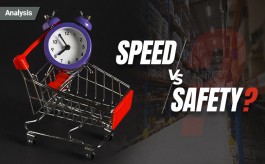
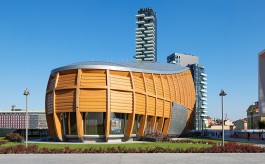
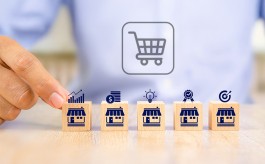
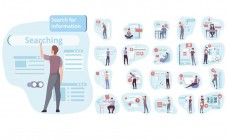
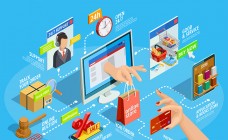



Comments